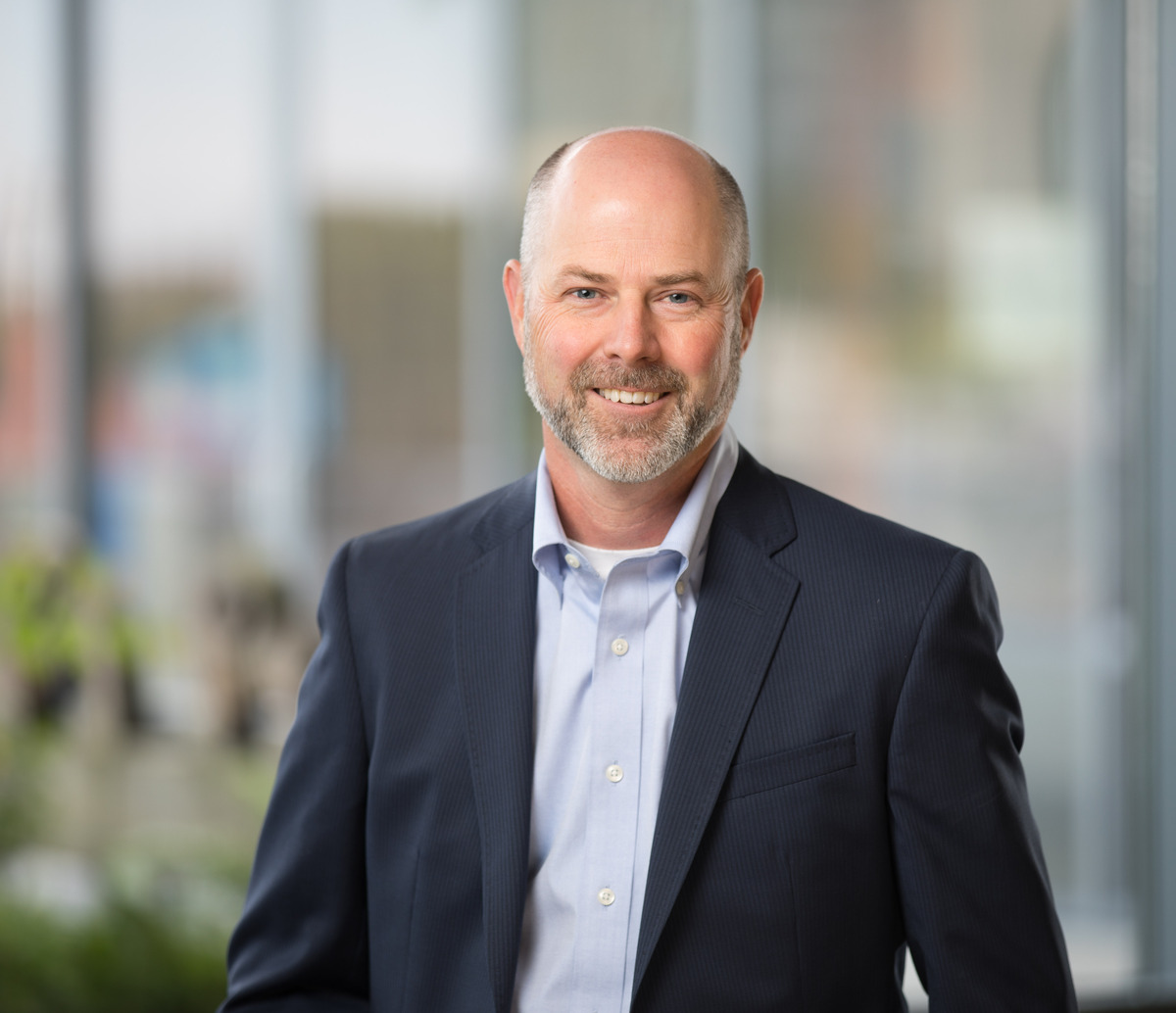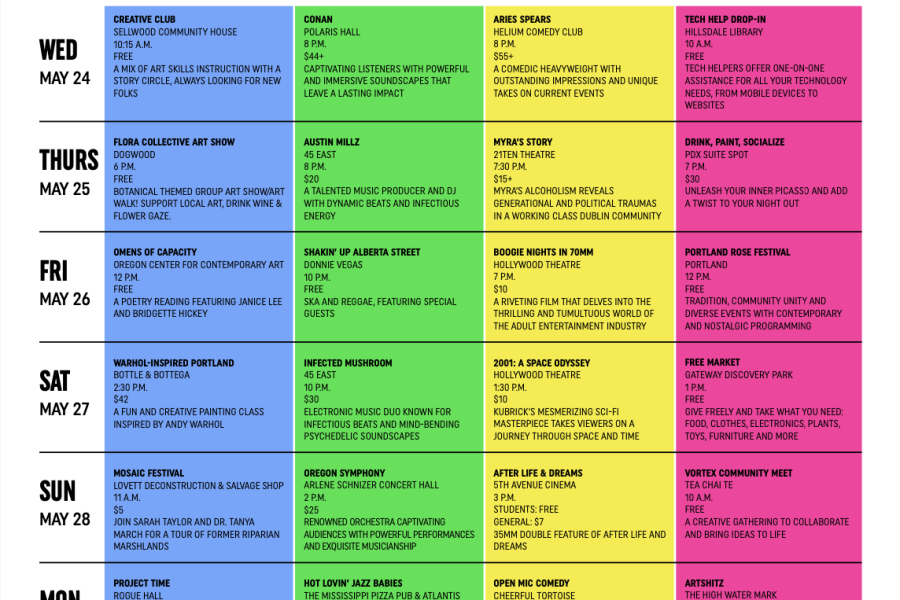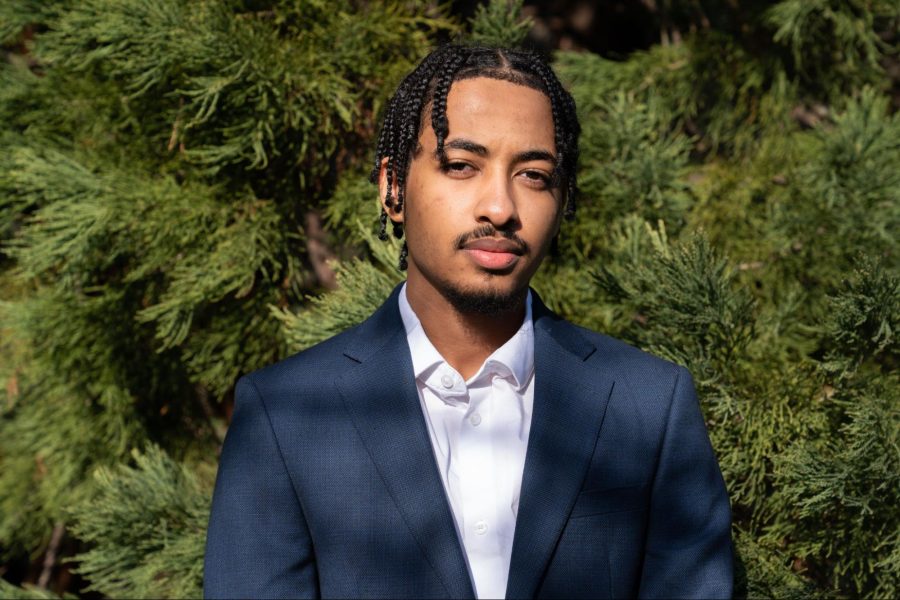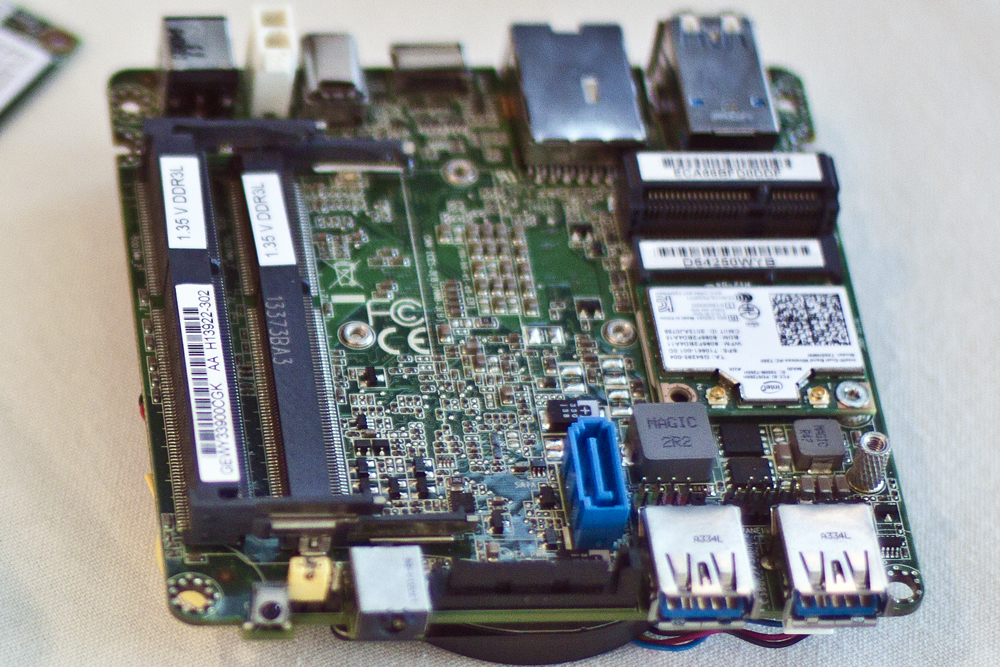Recently, Clay Veka of Portland Transportation Bureau made the Vanguard aware of an important word distinction between “accident” and “crash.” This article has been edited to reflect this change. For more information on this, please visit: https://crashnotaccident.com/
Biking is very popular in Portland as a way to commute, exercise and enjoy the outdoors. However, with the 80% jump in roadway fatalities from prior reports, as the Portland Bureau of Transportation reported, biking safety in Portland is called into question.
Chris Monsere, Portland State Professor and Associate Dean for Academic Affairs, Civil & Environmental Engineering – Engineering & Computer Science, Maseeh College, has studied traffic and bike safety in Portland for over 19 years.
Monsere began his journey into the study of civil engineering in a drafting class in high school. He enjoyed drawing and architecture but found his strength in the site layout and design. “I was very good about the sort of the site layout piece and the thinking about the site design,” he said. “I like the idea that the things we build are very big—they have impacts on society. You get to be outside a lot, you know…that initially attracted me to civil engineering.”
Monsere interned in Michigan, where he worked on a large civil infrastructure project. His transition to traffic came during his graduate work. “I went to Iowa State University to do my master’s and Ph.D., and they had a large focus on lots of different topics, around data and traffic safety,” he said. “They have a fairly unique relationship with the Iowa Department of Transportation…so we did a lot of work for them related to safety. So that’s how I ended up being mainly interested in that topic, mostly from the vehicle side.”
His journey included some time with the Oregon Department of Transportation before joining the PSU team. “When I came out here, I worked for the Oregon DoT,” he said. “I was the highway safety engineer for four or five years before taking the position here at Portland State—then sort of transitioned from purely highway safety to more multimodal. And then, the last 10 years or so mostly focused on bicycle and pedestrian and related design work.”
Monsere has been at PSU since 2004. He described his recent work at PSU as promoting safe cycling infrastructure designs. “A lot of my work that’s had the most impact has been on the idea of providing separated space or unique space for bicycles on the roadway,” Monsere said. “They’re very common in European and other countries…the U.S. design had the philosophy [of] well, we don’t need to do anything at all because a road is good enough for a bike, or if we’re going to do anything, we can just paint some stripes. You’ll get a little footpath, which provides some separation from motor vehicles, but it doesn’t provide any real physical separation.”
Monsere described why this is a problem with so many riders. “What’s clear is that it doesn’t work for the majority of people who don’t want to bicycle next to 45-mile-an-hour traffic,” he said. “What’s called an all-ages and ability network. In some of our work, we asked, would you be willing to ride here with your 14-year-old daughter or son?” If not, then that is not considered a safe rider-all-ability bikeway.
Sadly, this has adversely affected female bike riders because they are less likely to take the risk of riding next to traffic. “In many European countries if you did an account of the bikeways—who are using bikes for transportation,” Monsere said. “It would be a 50-50 gender split. But in many U.S. cities, it’s 10 or 15% female.” Monsere explained that some riders are adverse to the risk involved in riding alongside automobile traffic.
This risk is partly due to U.S. vehicle size increasing, contributing to the severity of bike/car crashes. “So when you look at that equation of speed plus mass, it’s not really surprising that we’re seeing the most vulnerable users in the system, pedestrians primarily, have a significant increase in… fatalities,” Monsere described. “They’ve been climbing for three or four years now.”
When he talked about bike fatalities, Monsere described the most common fatal crash. “If you look at all the U.S. data for fatal bike crashes, the most common fatal bike crash is basically a cyclist being struck from behind…like on a straight roadway in between intersections,” he said. “And you can imagine that that’s generally [at a] very high speed…the number one fatal crash in the U.S. for bicycling [deaths].”
Monsere portrayed the impact of bike crashes on roadways, emphasizing the relative risk. “If you took a map of any city and you plotted where all the people, walking and biking, had been killed without any roads [on the map], you would see the roads because they would be on all the high-speed roadways because that’s where the problems are,” he said.
Monsere highlighted the significance of implementing protected or separated bikeways to achieve more equitable bikeways. Monsere described “a protected bikeway, or the new terminology ‘separated bikeway’…this dedicated space with a vertical separation element from traffic. It can be cars, it can be a concrete barrier, [it] can be planters, it can be other things. So there are a lot of variations on what that vertical element is, but it’s something that delineates the space so that vehicles cannot generally get into it.”
Many countries are implementing an approach that considers both speed and mass. Monsere explained the Safe System Approach. “So there’s this design philosophy that’s fairly common in countries that are employing what is called the ‘safe system approach,’ where you want to separate things that [have] homogeneity of mass and speed,” he said. “So big things, going fast, you don’t want them mixing with people…freeways are kind of a great example of that. So it’s a long-term sort of network problem to build a safe network.”
Monsere commented on the subject of the Portland Bureau of Transportation’s productivity with bike safety infrastructure in Portland. “Well, there’s always more to be done, but they’ve done a lot—if you look [at] the infrastructure that they’re building, they have a plan,” he said. “If you look at like Better Naito [Forever] project at the waterfront, it actually started as a PSU capstone course… now it’s a fully reconstructed, designed, high-quality bicycling facility.”
Monsere explained that this is a three-tier problem, including engineering, infrastructure and people’s behavior.
Monsere is also a Bicycle Transportation Committee (BTC) member. “The Transportation Research Board is kind of a unique thing,” he said. “It’s a branch of the National Academy of Sciences. It’s an all-volunteer organization around transportation themes. Then there are subcommittees that deal with the particular topic area, [like] the Bicycle Transportation Committee…the charge of the committee is really related to advancing the state of bicycle transportation.”
“[BTC] covers all things bicycle, from safety to design to planning and encouragement,” Monsere continued. “But the committee’s job is to review and encourages research and write problem statements that can get funded through different federal agencies. It’s been fairly successful in recent years—I don’t know, three or four million [dollars] in bicycle research that’s been funded at the federal level. Portland State has a number of those projects, including the Parkway and bike intersection projects that are ongoing.” Monsere is Co-Principal Investigator of those projects.
Monsere contributes to enhancing the safety of our bike-friendly city through his continuous research, volunteer work and advocacy efforts. The goal is to create a city with zero bike fatalities, which is being pursued through implementing improved infrastructure and educational initiatives, as well as promoting responsible community behavior. These combined efforts aim to make the vision of a safer city for cyclists a tangible reality.






